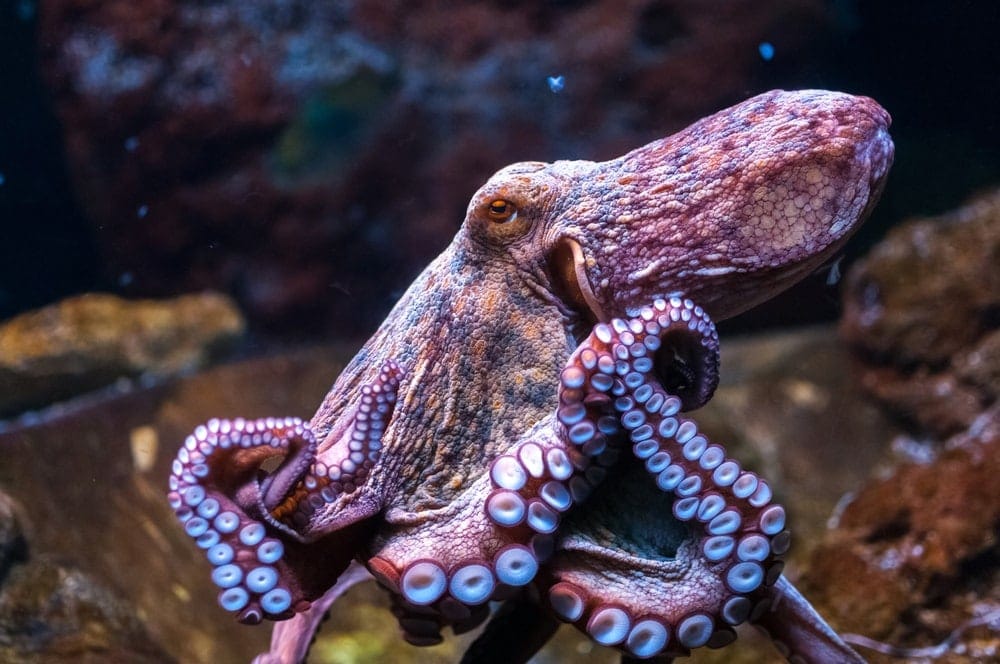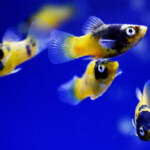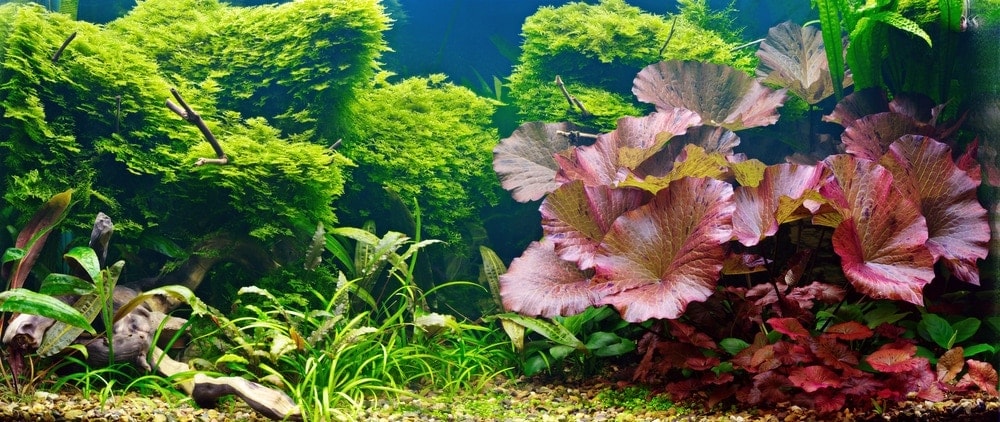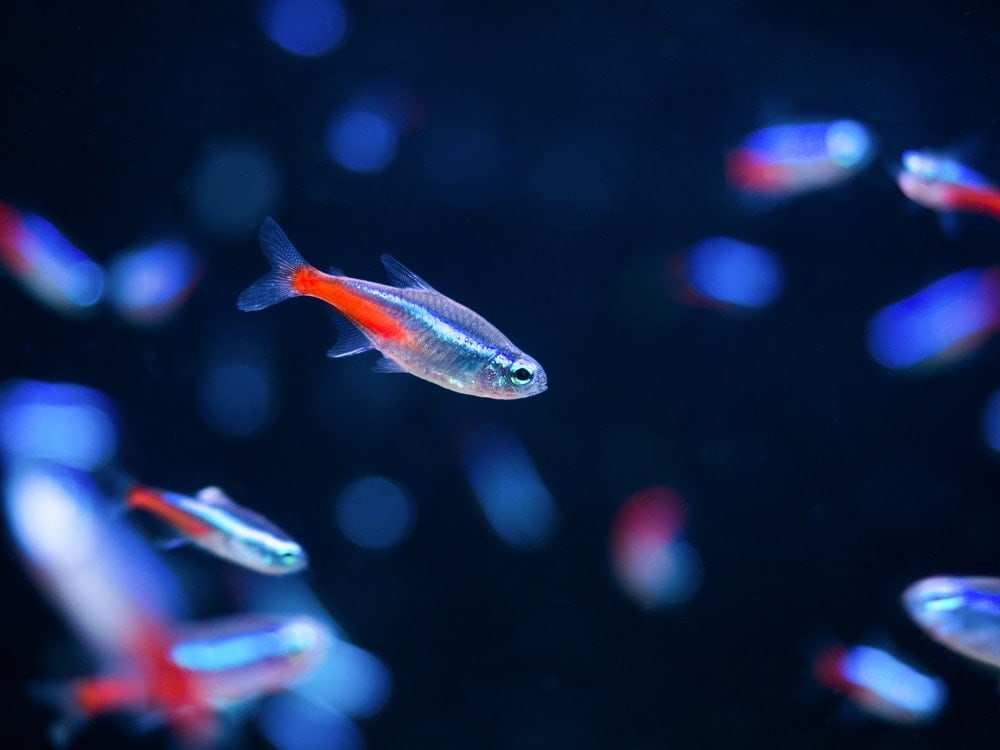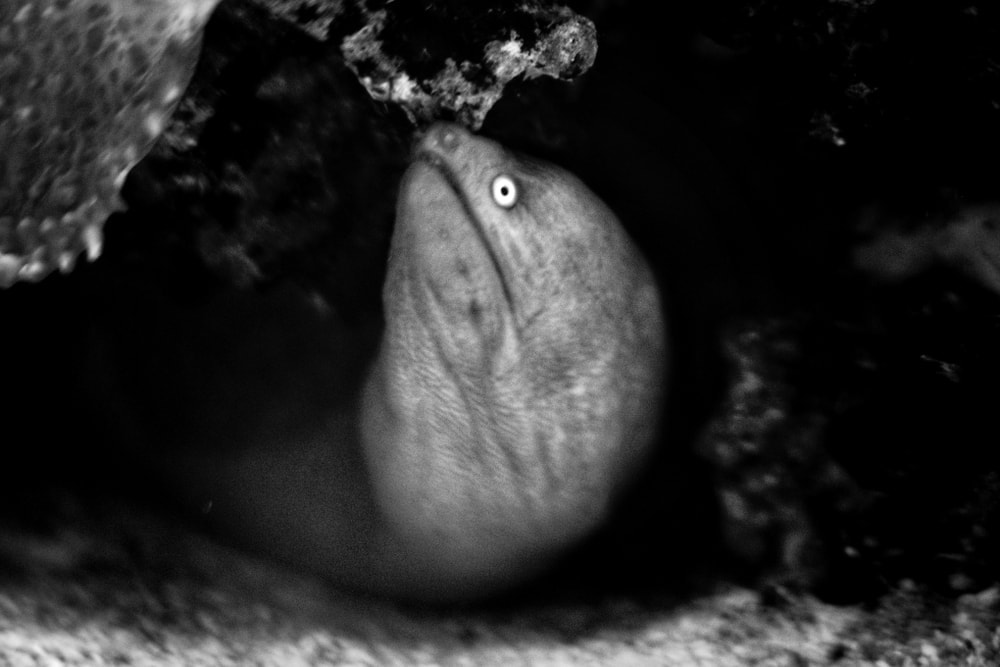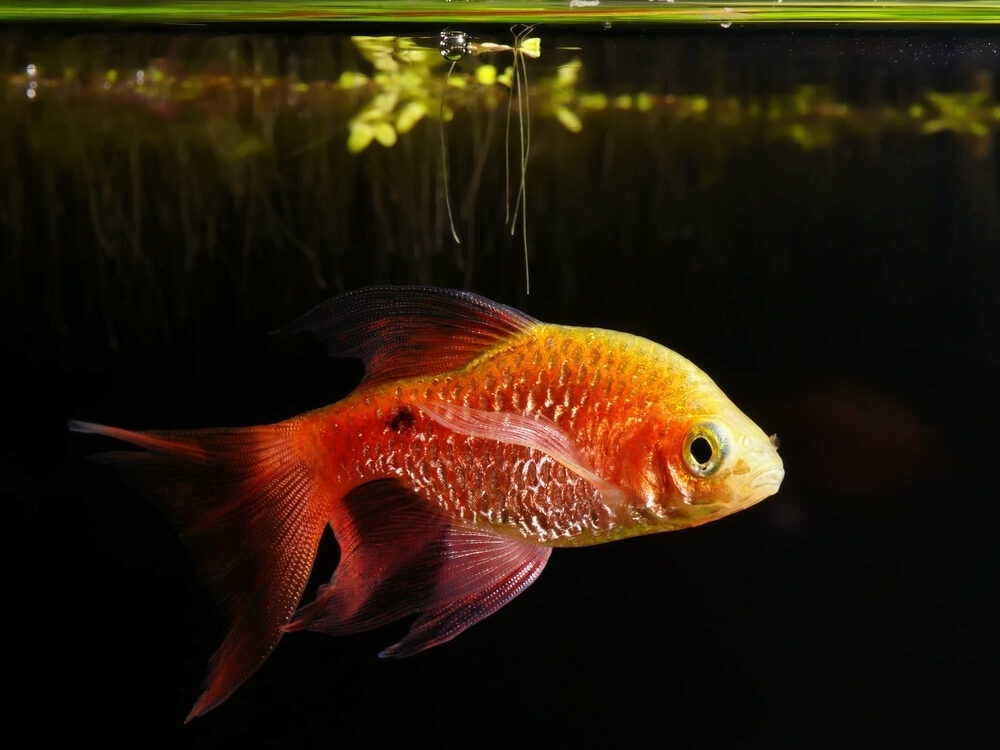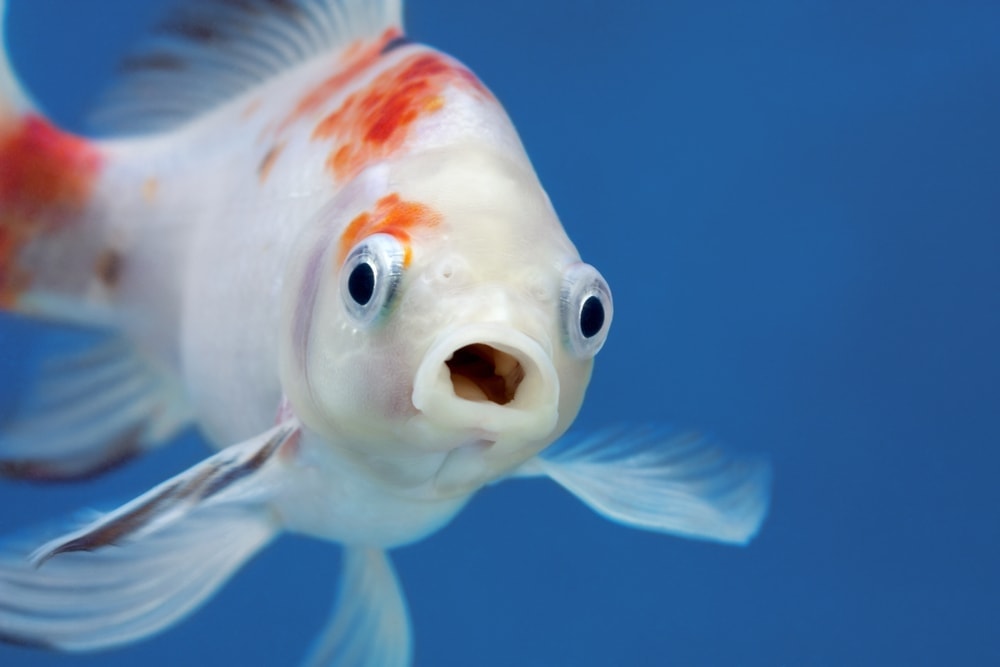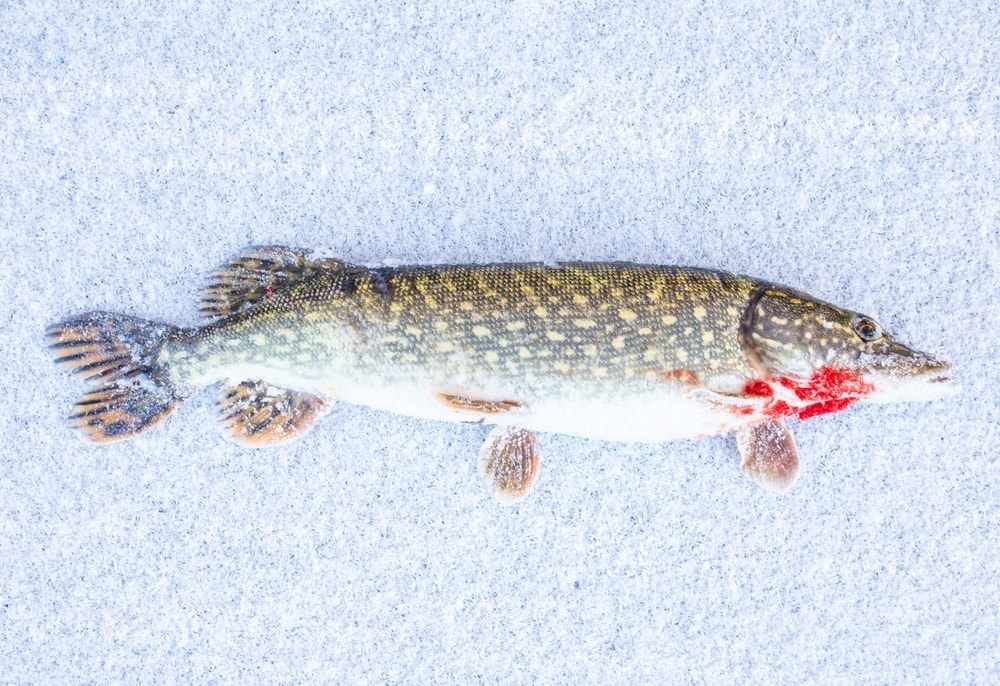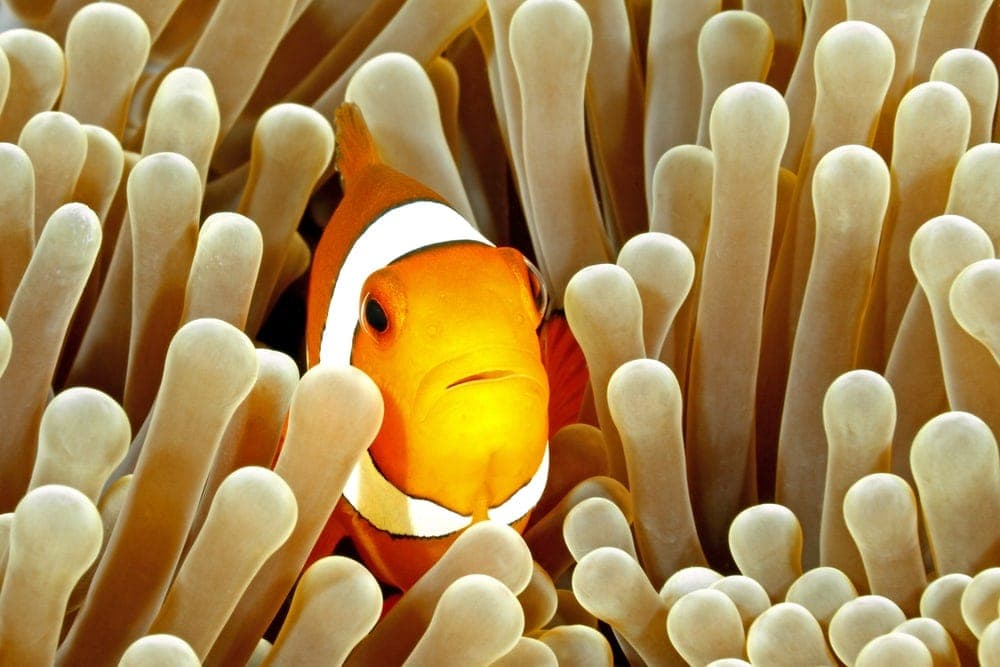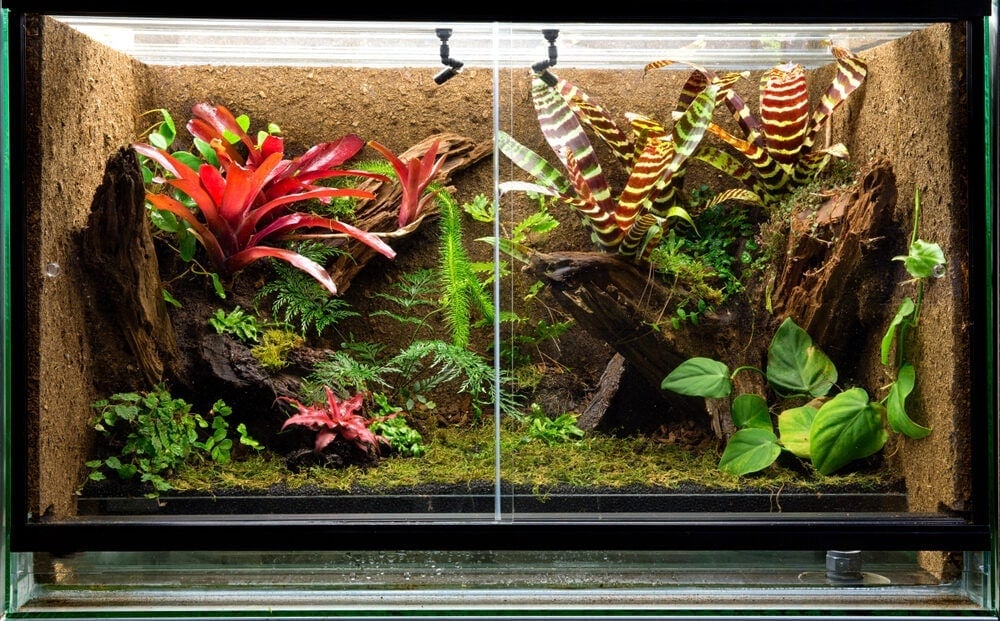Octopuses make for cute pets, but there is a lot you should know before actually getting one.
These aquatic creatures can be challenging to care for, but it is definitely worth it if you know what you’re doing. The more you learn about the octopus, the easier this will be.
Pet Octopus Appearance
The octopus is part of the mollusk family, which includes snails, clams and squids. Most squids won’t grow any larger than 14 inches when they are kept in a tank, but they can get much larger in the wild.
You can get octopuses in a wide range of colors, but most of them have a muted grey appearance with some striping. The pigment sacs that these creatures have to allow them to change color spontaneously.
This is a useful defense mechanism against predators, as well as an effective means of getting a mate. If your octopus appears white, it is probably scared of something.
Behavior
Researchers have observed signs of extreme intelligence in octopuses, both in captivity and in their natural habitat. They tend to hide out a lot in aquariums if provided with adequate vegetation, rocks, and other things. These mollusks can be very social creates as well. It is accustomed to hunting as night, which is when it’s most active.
Natural Habitat
Octopuses can be found in all of the different oceans across the planet. The largest populations of these creatures exist around coral reefs and close to the ocean floor.

Pet Octopus Care Guide
1. Tank Setup
Even a single octopus needs a tank that is at least 55 gallons, as they can grow fairly large. They need a good amount of space for swimming around. It’s also important that you provide your octopus with lots of places to hide. This includes rocks, vegetation and caves.
Octopuses are known for being skilled escape artists, so you’ll need to take that into account when setting up the tank. You’ll want to make sure that none of the filter tubes are wide enough to allow them to get through.
Dim lighting is an absolute must when it comes to keeping octopuses. A low-wattage fluorescent light bulb is ideal. It is also important that you have a very quiet setup. This means no loud filter or other noises that could disorient your tentacled pet.
Make sure that you put in a number of plants that will help maintain a high oxygen level, as this is also a necessity for octopuses. Low oxygen levels can significantly shorten their life.
2. Water Conditions
You want to make sure that the water in your octopus’s tank is anywhere from 76 to 78 degrees with a steady pH of 8.2. These are the most ideal conditions for your pet, so you’ll need to make a point of maintaining them on a daily basis.
3. Pet Octopus Tank Mates
There are very few aquatic organisms that you can keep with an octopus. Even coral is a bad idea, as it requires bright lighting that is not compatible with these creatures. Pretty much any fish or other marine life you put in your octopus’s tank will almost certainly get eaten up.
4. Pet Octopus Food
You should keep your octopus on a steady diet of life food that consists of shrimp, small fish and crabs, and various mollusks. You only need to feed them once a day, but it is important that they get enough to eat on a regular basis. Frozen food is acceptable, but it’s not as good as live food.
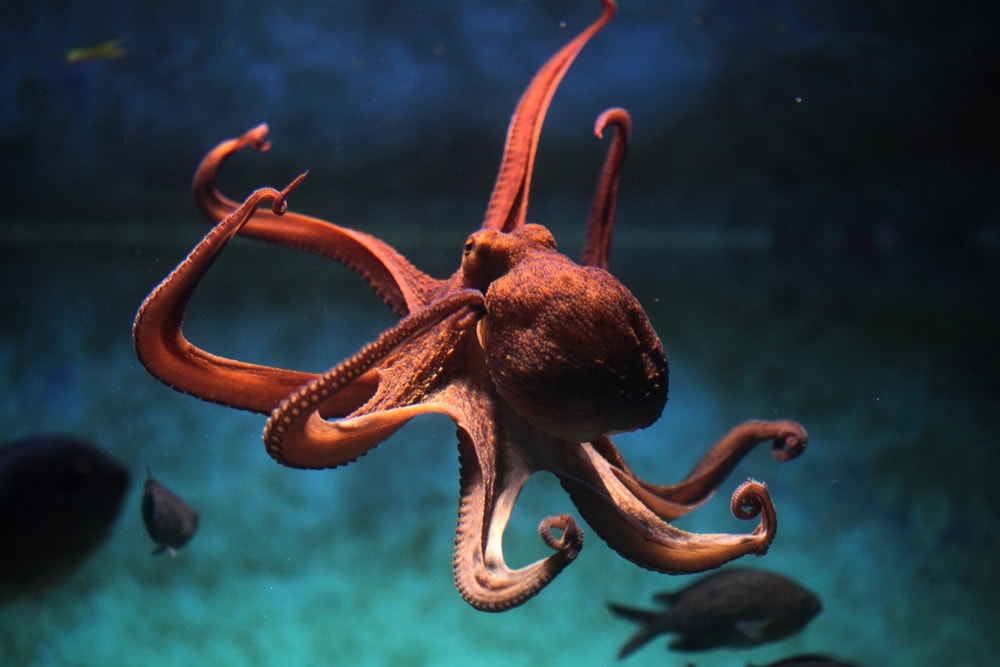
Common Health Problems
Octopuses are not prone to disease, but they can develop lesions on their skin. It is therefore important that you look out for hard, raised areas on their skin.
Pet Octopus Breeding
When a female octopus lays eggs, it stays with them to ensure they are safe until hatching occurs. The female dies soon after their eggs hatch, leaving the offspring to find their own food without any help whatsoever.
The fact is that breeding octopuses can be challenging if you have absolutely no experience. This is something that you will need to thoroughly research before trying. It is important that you approach this carefully so as not to make any serious mistakes.
If you want to increase your chances of getting a female octopus that will lay eggs, you should collect one from the wild. This will significantly improve the likelihood of breeding these creatures. You can look for them in tide pools during low tide during the evening, which is by far the easiest option.
Once the octopus eggs hatch, you will need to feed the offspring properly. Baby octopuses should be given mysid shrimp, small crabs, and the larvae of various crustaceans. These foods will help juvenile octopuses to grow strong and healthy.
Keep in mind that these juveniles have to eat a lot on a daily basis, so you need to make sure they get enough sustenance. When you take the time to prepare for breeding these animals, you will have a much easier time. It might take a little while before you are finally successful at doing this.
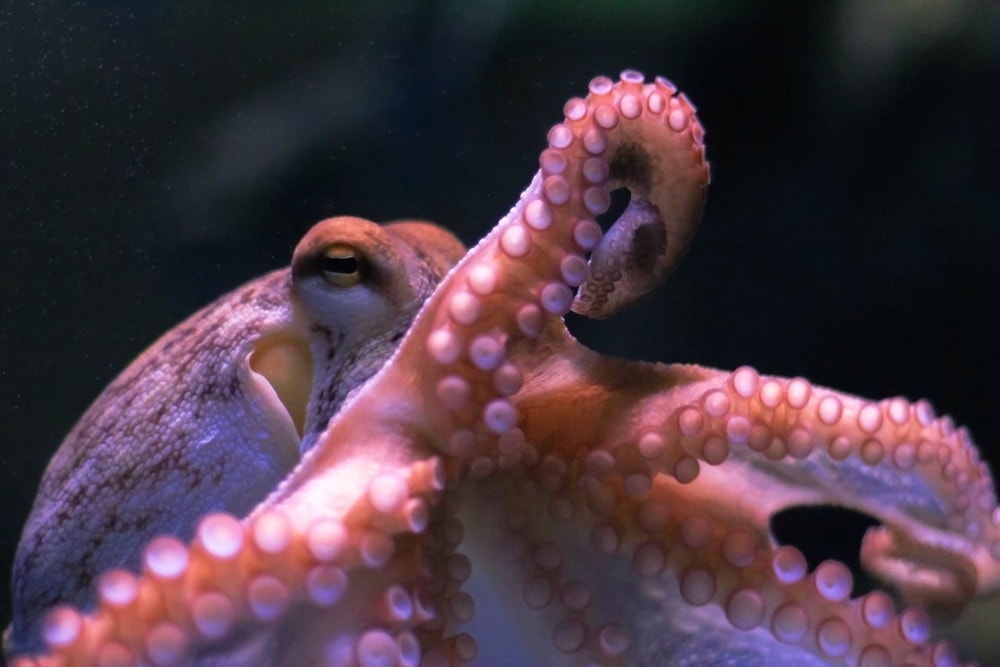
Conclusion
- Octopuses are part of the mollusk family and usually grow to about 14-15 inches in captivity.
- These aquatic creatures can be quite social, but they also spend a decent amount of time hiding away.
- It is important that you keep the lighting in your aquarium dim at all times.
- You should do everything possible to minimize noise with your tank setup so as not to stress out your octopus.
- It is not a good idea to try keeping any other aquatic animals with your octopus, as they will most likely get eaten very fast.
- Shrimp, small fish and crabs all make for excellent foods to give your octopus. You only have to feed them once daily.
- While octopuses are not really prone to disease, they can form skin lesions.
